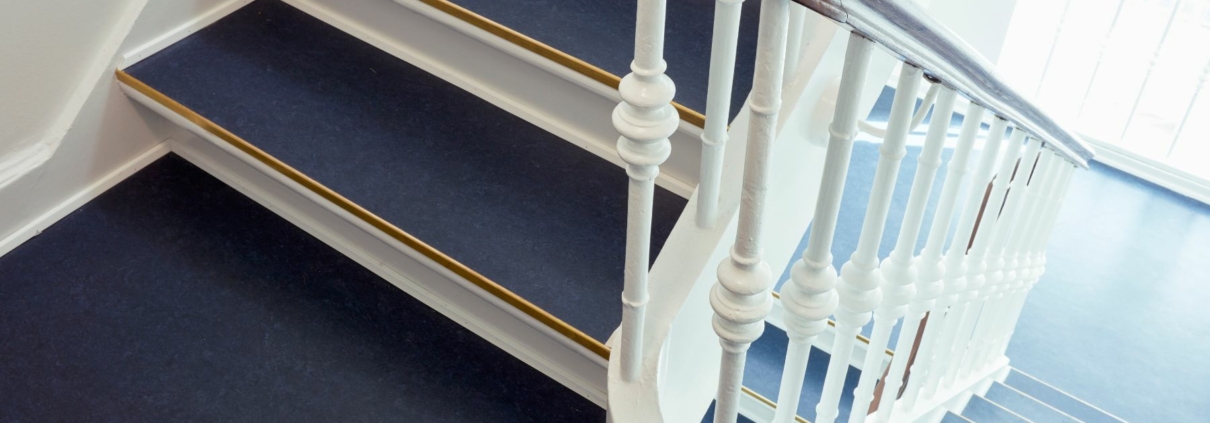Danger in the Steps: Why Old Staircases Can Be Risky
Old staircases can be dangerous for a number of reasons. They may be in poor condition, with loose or broken steps, uneven risers, or missing handrails and guardrails. They may also be poorly lit, making it difficult to see where you are going. In addition, old staircases may be narrower and steeper than modern staircases, which can make them more difficult to navigate.
Common hazards of old staircases:
- Loose or broken steps: This is a major hazard, as it can cause you to trip and fall.
- Uneven risers: This can also cause you to trip and fall.
- Open risers: This can be dangerous for children, as they can fall through the gaps between the treads.
- Risers that are more than 7 and 3/4 inches high: This can make it difficult for people with short legs to climb the stairs.
- Balusters that are more than 4 inches apart: This can be dangerous for children, as they can put their heads through the gaps and get stuck.
- Missing guardrails over 30” of stairway height.
- Poor lighting: If you can’t see where you are going, you are more likely to trip or fall.
- Lack of handrails: Handrails provide support and help you balance, so they are important for safety.
- Handrails that are not graspable: Handrails should be smooth, continuous, and easy to grasp.
- Handrails that are too high or too low: Handrails should be between 34 and 38 inches high, measured from the leading edge of the stair tread to the top surface of the rail. Handrails must also be continuous from the top of the stairway to the bottom.
Who is most at risk?
Anyone can be injured on an old staircase, but some people are more at risk than others. These include:
- Children: Children are more likely to trip and fall because they are smaller and have less coordination than adults.
- Older adults: Older adults are more likely to have balance problems and may be more frail, so they are more likely to be injured in a fall.
- People with disabilities: People with disabilities may have difficulty using stairs, especially if they have mobility or vision problems.
How to make old staircases safer:
There are a number of things that can be done to make old staircases safer, including:
- Repair or replace damaged steps.
- Install handrails on all staircases.
- Install guardrails.
- Improve lighting in stairwells.
- Add nonslip strips to steps.
- Install stairlifts for people who have difficulty using stairs.
If you are concerned about the safety of an old staircase, you should have it inspected by a qualified professional. They can identify any potential hazards and make recommendations for how to make the staircase safer.
Additional tips for staying safe on old staircases:
- Use the handrails.
- Walk slowly and deliberately.
- Be aware of your surroundings.
- Don’t carry anything that makes it difficult to balance.
- Ask for help if you need it.
By following these tips, you can help to reduce your risk of injury on an old staircase.




Leave a Reply
Want to join the discussion?Feel free to contribute!